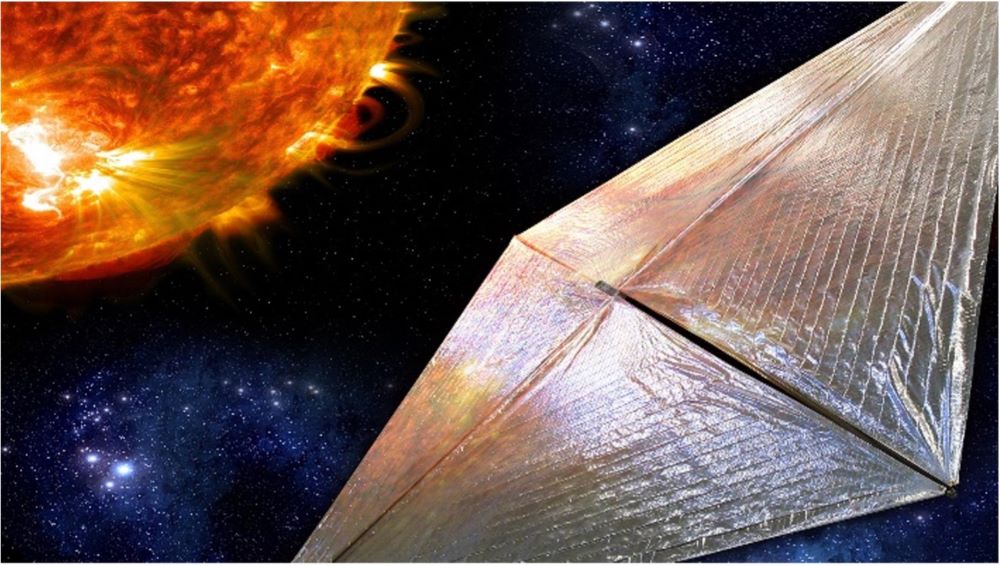The Jeff Bezos-founded aerospace company, Blue Origin, recently announced its new and upcoming Swiss army knife-style spacecraft platform, Blue Ring, which comes after very little public discussion by Blue Origin regarding this project. For example, a January 2023 story broke when Blue Origin briefly announced a job posting for “Blue Ring Senior Program Manager” on its “Careers” page, but the job was pulled less than 24 hours later. Overall, Blue Origin has been quite mum about Blue Ring.
Continue reading “Blue Origin Reveals its Orbital Maneuvering Vehicle: Blue Ring”Blue Origin Reveals its Orbital Maneuvering Vehicle: Blue Ring










